Dolomitic flour is the most popular and efficient means that allows you to quickly lower the acidity of the soil. Small consumption, environmental friendliness and low cost - the main advantages of this substance. In this article we will tell you what is a dolomitic flour and how to use it in gardening.
General characteristics
Dolomitic flour has proven itself as a comfortable natural agent to reduce soil acidity. This is a crystalline carbonate mineral with a characteristic shine and bright color from white to gray shades. In some cases, flour can acquire a reddish and even brown shade.
Dolomite flour is obtained by industrially as a result of crushing the mineral of dolomite on small pieces. The remedy is popular not only among dacms, but also lovers of home gardening.
Unlike the most famous means to reduce the acidity of the soil, the dolomitic flour is not so expensive, and its consumption is much less. Thus, harated lime containing calcium ion and a hydroxyl group, too much and sharply "deals" the soil, as a result of which the plants can not adapt to new conditions and very slowly absorb phosphorus. For this reason, the lime should be made only in the autumn period, when the harvest is assembled, and the Earth has time to come to relative chemical equilibrium before the next garden season.
Wood ash - another powerful way to lower acidity. It contains from 30% to 60% of calcium salts, but the problem is that the exact composition is impossible to learn. It depends on the tree of trees used for the production of ash, from parts of the plant, which went into processing (roots, trunk, branches), on the nature of the soil and climatic conditions of the area, where these trees grew. Calculate the exact amount of ash at home without chemical analysis is absolutely impossible, so you have to operate at random. Most often, the ash is used for seedlings and indoor plants, since it contains a sufficient amount of potassium, magnesium and phosphorus.
In both cases (lime and ash), fertilizers are required 2 times more than dolomite flour if we consider the same area of \u200b\u200bthe area.
Properties of dolomite flour
Dolomitic flour is chumped into powder dolomite. This is a mineral with a large percentage of calcium. Over time, after a long use of the soil for growing fruit crops, its chemical properties deteriorate, so the replenishment of lost elements is required. The addition of dolomite flour allows you to maintain the required level of hydrogen and calcium ions artificially.
When the lime flour falls into the fertile soil layer, it not only neutralizes its acidity, but also enriches micro-elements useful for plants. How and when to make a dolomite flour? The main advantage of fertilizer is its versatility - except that flour can be made at any time of the year, it helps to improve the yield of almost any cultures: berries, vegetables, fruits, grain and even flowers.
Moreover, the fertilizer of limestone flour gives the same positive effect in the garden in the fresh air, and in greenhouses or at home on the windowsill. Special efficiency is observed on the soils and soils with a low content of magnesium. On the ground with neutral acidity flour is not recommended, since in this case it can only disrupt the natural physico-chemical balance.
What effect has flour after entering into the ground:
- improving the biological characteristics of the soil;
- an increase in the content of micro- and macroelements, minerals required by plants;
- improving the efficiency of other injured formulations;
- improving plant quality of plants;
- improving the yield and quality of products;
- excretion from the crop of radionuclides (environmentally friendly products);
- calcium as part of flour contributes to the speedy growth and development of not only ground parts of plants, but also root systems;
- magnesium in flour contributes to the improvement of photosynthesis.
Dolomitic flour is known as an effective means to combat pests with absolute non-toxicity in relation to the soil and garden crops. The smallest pieces of flour act as a strongly irritating abrasive, destroying chitine insect shells.
Application of dolomite flour
To determine the required amount of dolomite fertilizer, it is necessary to find out the acidity of the soil on the site and its mechanical composition (sandy, clay, light, heavy, etc.). To do this, it is recommended to use appropriate instruments and disposable tests that are sold in any horticultural store.
The soil acidity is expressed in the pH and is indicated by numbers from 0 to 14.
There are three kinds of acidity:
- weak - pH from 7 and above;
- neutral - pH7;
- aclest - pH below 7.
Measuring the acidity of the soil can be at home:
- Type the handful of the earth and pour some table vinegar on it. If a rapid reaction with foam has manifested itself, it means that there is a non-acid or neutral soil on your site. In the photo below, a similar reaction to vinegar is demonstrated:
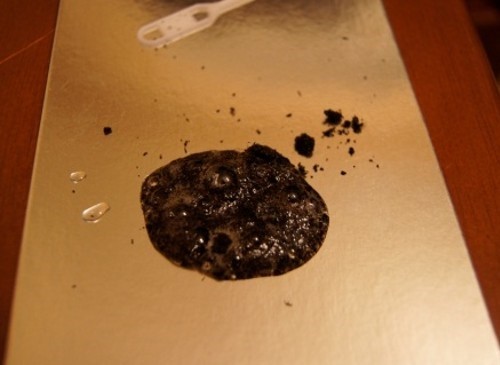
If the soil is acidic, there will be no reaction, and vinegar simply absorbed into the ground:
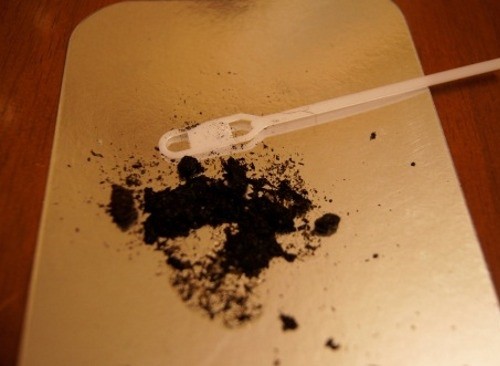
- Lower the lump of the earth into a glass of natural grape juice - if the juice changes the color, and bubbles will appear on the surface, it means the soil is a weakness or neutral.
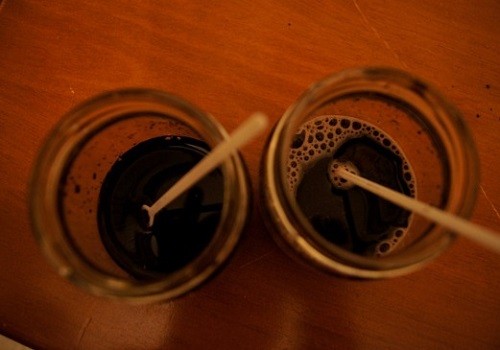
The effectiveness of the use of dolomite flour will increase if it is made simultaneously with copper vigorous and boric acid.
And one more useful video that will help you determine the characteristics of the soil before the deoxidation of the soil Dolomite flour:
How to fertilize the land
In the dependence of the acidity of the Earth, the dolomite flour in the soil follows in different proportions. So, in the acidic soil it is necessary to add about 600 g per square. m, in neutral - up to 500 g per square. m, in weakness - up to 350 g per square. m.
If you are dealing with light sandy soils, reduce this amount by 1.5 times, if with severe clay - increase by 10-15%.
Useful advice: To increase the efficiency of limestone flour, try to distribute it on the ground as uniform. The benefit from the correctly scattered fertilizer is enough for 7-10 years.
It should be borne in mind that plants can react to making flour in different ways. Based on this, garden and garden crops are divided into several groups:
- The intolerance of acidic soils - this group includes beets, white-born and creamy cabbage, alfalfa, Espartz. These cultures feel comfortable exclusively on weakly acid or neutral soil. Improved yield is observed even when adding dolomite flour into non-acid soil.
- It is sensitive to high acidity, but can grow wheat, barley, beans, corn, soy, beans, cucumbers, leaf salad, clover, onions. Best of all, soils with neutral or low acidity are suitable for these crops.
- Practically not susceptible to high acidity radish, millet, rye, Timofeevka, buckwheat, tomatoes and carrots. These cultures are equally growing well on the soils with acidity from pH 4 to pH 7.5.
- For growing potatoes and flax, flour is required only in acidic and medium-sized soils. So, if potatoes will grow in acidic soil, then it will be infected with a pair, and the starch level in the composition will significantly decrease. Flax in such conditions sick with calcium chlorosis, which will affect the quality of the fibers.
Features of soil fertilizer
The following useful recommendations will help you make a fertilizer to the ground correctly:
- If your site is located on a heavy clay soil, then making dolomite fertilizer should occur annually. For all other types of soil, it takes it once every 3-4 years.
- Despite the fact that it is possible to fertilize to the ground with flour at any time, it is still better to do it in the fall, so that the Earth becomes the most harmonious in the chemical as possible.
- Flour should be distributed as evenly as possible, buried at 10-15 cm into the ground and it should be stirring. If you simply drop Dolomit, but do not disappear the land, the effect of such a "fertilizer" will manifest itself only in a year when the precipitation is mad.
- It is very useful to simultaneously fight the soil and flour, and manure, but you can not mix them together. At first, spread the flour, then the manure, and only after that you can go.
- If cherries and plums grow in your garden, feed them annually to Dolomite flour 1-2 kg after harvesting - you will receive consistently large and juicy fruits every year.
- Those who grow black currant can be recommended once every 2 years to make 500 g of flour under each bush, and for highly large bushes, you can even dear to 1 kg.
- Cabbage and turnip will grow faster and larger if you make a dolomite flour when landing.
- Dolomites "Milk" - another gardening trick. In the spring period, water from time to time vegetable crops with water mixed with flour.
- Dolomitic flour is not suitable for fertilizer sorrel and gooseberry.
- To grow colors, flour should be made before boarding, pouring into a hole or a pot and thoroughly mixing with the ground. This fertilizer is very loved by violets, hyacinths and orchids.
- In no case mix the dolomite limestone flour with ammonium nitrate, urea, ammonium sulfate or superphosphate, since a dangerous reaction may occur.
Prepare for the fact that the positive effect of Dolomite flour will manifest itself not instantly, but gradually. It starts to bring the greatest benefit for 2 and 3 years after the limestone of the soil, increasing the yield of cultures by 5-15%. We hope this article helped to figure out how to use Dolomite flour in the garden to always receive rich yields.

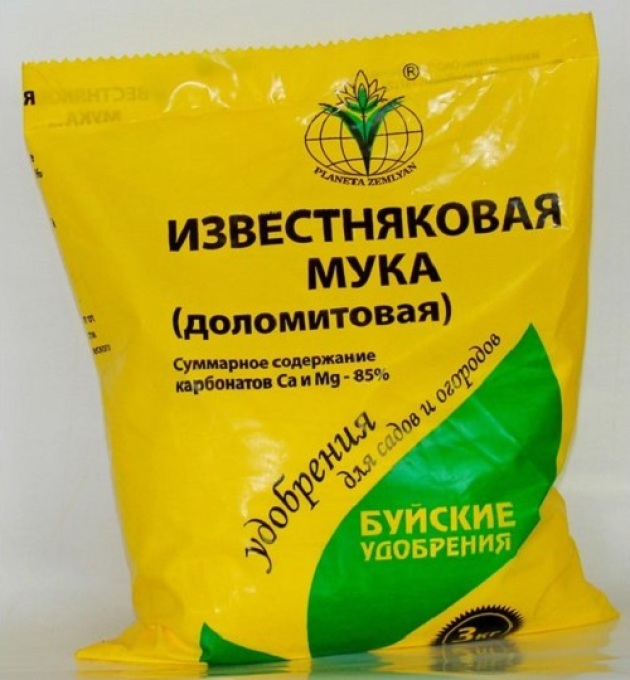

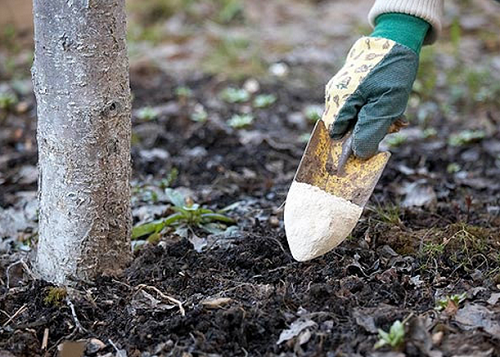
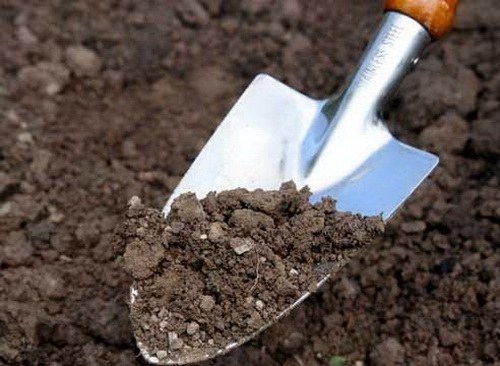
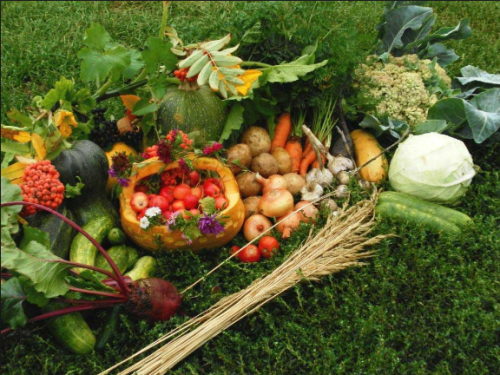
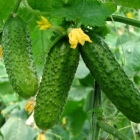
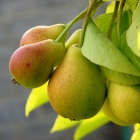

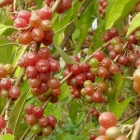
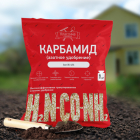
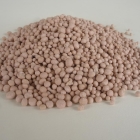
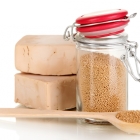


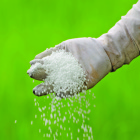
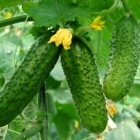

 Start a discussion ...
Start a discussion ...